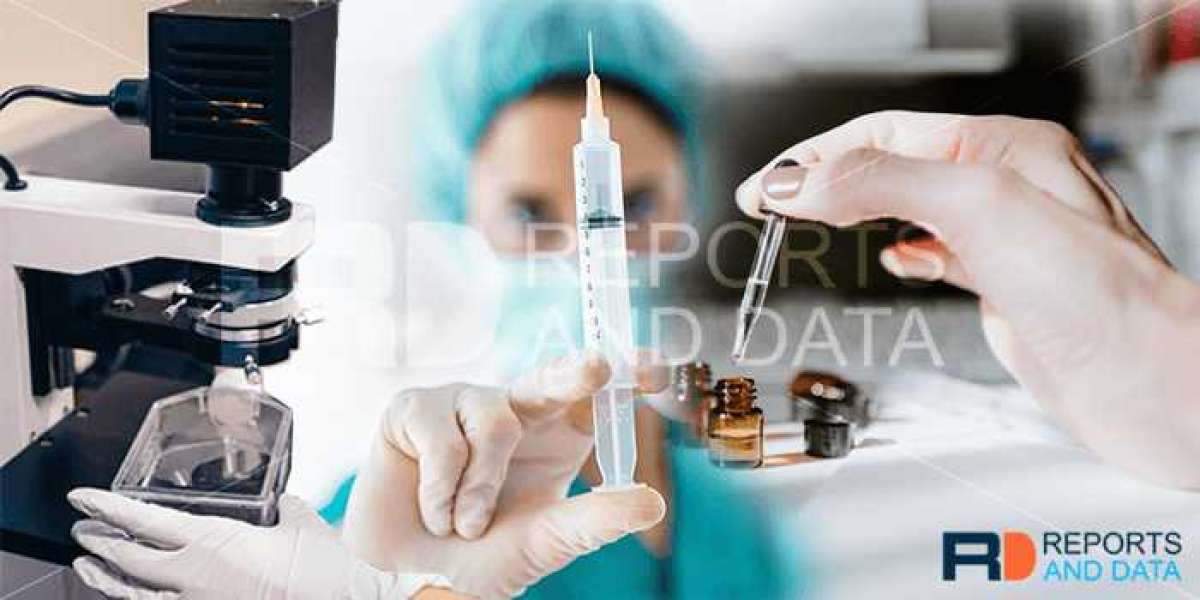Ransomware as a service (RaaS) is a rare type of software as a service (SaaS) that is offered as a provider platform over the Internet. Among the various types of software as a service offered by technology providers, ransomware as a service is different in that it represents the service t
Ransomware as a service (RaaS) is a rare type of software as a service (SaaS) that is offered as a provider platform over the Internet. Among the various types of software as a service offered by technology providers, ransomware as a service is different in that it represents the service that criminals use to attack IT systems.
In situations where
managed ransomware services is used as a service, unauthorized providers provide platform tools to hackers and malicious actors for the purpose of using the ransomware to store computer files, information, or system hostages. Ransomware is a type of software that infects your computer to encrypt or block files and systems. People who use ransomware generally demand a monetary ransom to return access to the data to the victim.
Most types of software as a service include simple services for businesses or users, such as desktops, infrastructure, ERP, customer relationship management, and other digital service offerings. Unfortunately, the emergence of ransomware as a service means that Black Hat hackers and agents are using the software as a service model to enable criminal organizations. In other words, they can hack into the system and "order" the ability to hold another person's data hostage. As with traditional ransomware, users as a ransomware service can take careful steps to make their behavior difficult to track, such as digital payment requests difficult to track.
Four Steps You Can Take To Lower The Risk Of A Ransomware Attack.
Ransomware development and launch is relatively cheap, and the amount of this type of attack is increasing because crypto malware can generate significant revenue.
When it comes to addressing the risks of ransomware attacks, you can either cross your fingers to hope for the best or take proactive steps to mitigate the risk of being attacked and the possible consequences.
With the increasing frequency of attacks, many people are more likely to be attacked at a particular stage, reducing the chances of being affected by ransomware and the worst-case impact. Here are some steps you can take to mitigate:
Regularly Backup Your Data
Almost all companies already have a data backup policy. However, in addition to copying files to another live system on your corporate network, it is essential to back up your data to an offline backup subsystem. Otherwise, ransomware may affect your backup files. It is worth considering a backup and disconnect policy so that data is not permanently copied to a permanently connected file server.
It is important to establish a regular backup routine on all devices as individual users tend to do frequent backups. Currently, it is impossible to decrypt files properly encrypted by the latest crypto malware, so the only way to save data from ransomware attacks is to use a regular file backup.
Use A Reliable Security Solution
There are several antivirus solutions available for commercial and personal use. Check out our recommendations for the best antivirus tools available this year.
Businesses should also consider anti-ransomware solutions that can protect shared folders. Some solutions leave hosts within the security perimeter unprotected. In other words, the encryption features that are entered through email or vulnerable browsers also affect shared folders on the corporate server. In this scenario, only the server-side security software can protect the data.
Whichever tool you choose, you should enable as many security layers as possible and always activate it.
Always Update The Software On All Your Devices
Ransomware not only affects your PC. Security software must be able to protect Mac computers, virtual machines, mobile devices, and email systems. Keeping this software up to date is an important part of keeping it safe as updates are released regularly to combat new breeds of malware.
While it's tempting to skip app and security updates and install them later, it's easy to forget, and some app updates include critical patches for vulnerabilities that cybercriminals could exploit. it's included. Don't be tempted to ignore update warnings to keep your device's app as up-to-date as possible.
Educate Employees And IT Teams.
People are often the most vulnerable element. Businesses need to educate their employees on the basics of IT security, including increased awareness of phishing and spear phishing, and the security implications of opening suspicious email attachments.
Don't be too careful. Even if your email seems to be coming from a trusted source, it's worth checking any unexpected attachments or links by simply calling the sender.








